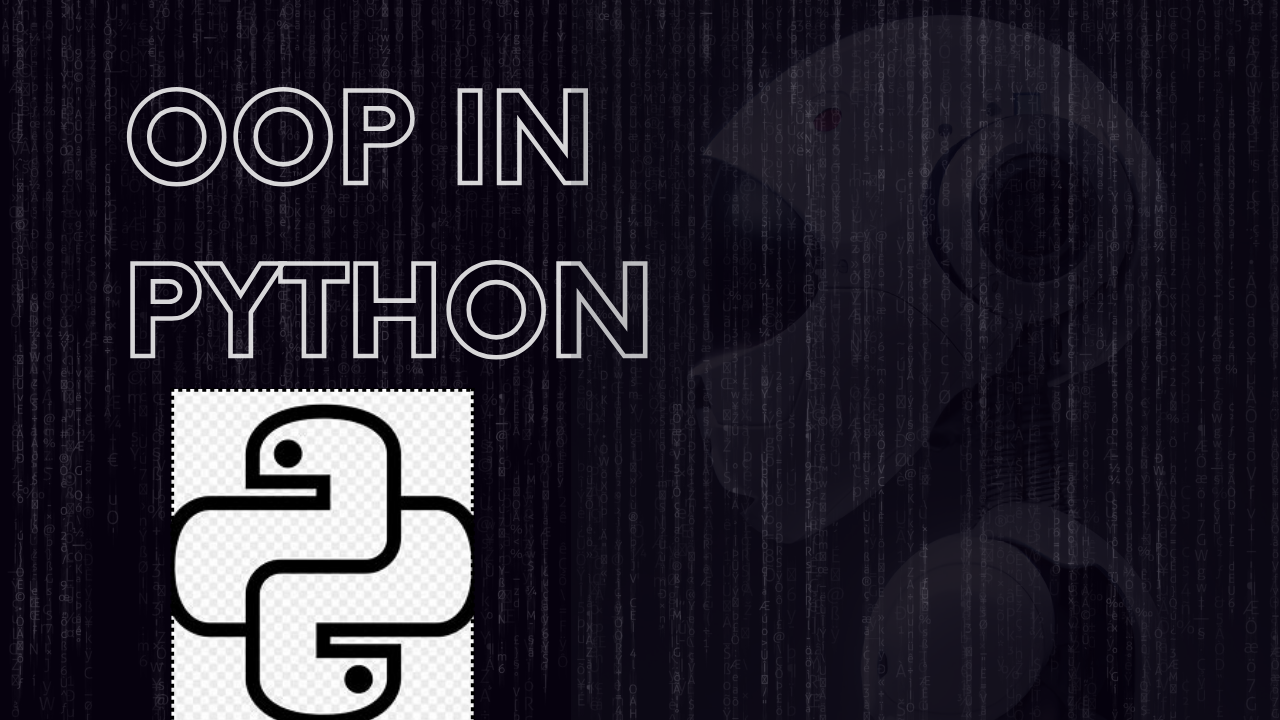
OOP (Object-Oriented Programming) in Python: Simplified for Beginner
You’re embarking on a journey to build the next big app or game, and you stumble upon a concept that’s as pervasive as it is essential – Object-Oriented Programming (OOP). In the realm of Python, a language celebrated for its elegance and simplicity, OOP plays a starring role. But what exactly is it? And why does it matter to you, the aspiring coder?
In the simplest of terms, OOP in Python is about creating code that’s as close to how we experience and interact with the real world. It’s about modeling real-world entities as objects in your code, making your programs more intuitive to design, develop, and understand. So, let’s break it down, shall we?

The Basics: Classes and Objects
At the heart of OOP are two key concepts: classes and objects.
- Classes: Think of a class as a blueprint. It’s an outline or a template that describes what an object should contain in terms of attributes (data) and methods (functions). For example, if we’re talking about a video game, a class might be ‘Monster’, outlining the characteristics all monsters share, like health, attack strength, and behavior.
- Objects: An object is an instance of a class. Using the video game analogy, if ‘Monster’ is a class, then each monster in the game – be it a goblin, a dragon, or a zombie – is an object. Each object can have its own unique values for the attributes defined by the class.
Creating a Class in Python
Let’s put theory into practice with a simple example. Say we want to model a book in Python. Here’s how we might define a Book class:
class Book:
def __init__(self, title, author, pages):
self.title = title
self.author = author
self.pages = pagesThe __init__ method is what’s known as a constructor in OOP. It’s the method that’s called when you create a new instance (object) of the class. The self parameter refers to the instance itself, allowing you to set the attributes of each instance.
Instantiating Objects
Creating objects from our Book class is straightforward:
my_favorite_book = Book("The Hitchhiker's Guide to the Galaxy", "Douglas Adams", 224)
print(my_favorite_book.title) # Output: The Hitchhiker's Guide to the GalaxyWhy OOP?
OOP is not just a fancy technique; it’s a mindset that promotes code organization, reusability, and scalability. By modeling real-world entities as objects, you can create programs that are:
- Modular: Changes in one part of the system have minimal impact on other parts.
- Reusable: Once you’ve created a class, you can create countless objects without rewriting code.
- Scalable: OOP makes it easier to manage complexity as your project grows.
OOP Principles
To truly grasp OOP, there are four fundamental principles you should be familiar with:
- Encapsulation: Keeping the internal state of an object hidden from the outside world, exposing only what’s necessary via methods.
- Inheritance: Creating new classes from existing ones, inheriting attributes and methods and allowing for overrides or extensions.
- Polymorphism: The ability for different classes to be treated as instances of the same class through a common interface.
- Abstraction: Focusing on the essential qualities of something rather than one specific example, often implemented through abstract classes and interfaces.
Taking the Next Steps
Diving into OOP with Python is like unlocking a new level in your programming journey. It opens up a world of possibilities for creating complex, efficient, and scalable applications. By understanding classes and objects, you’re laying the foundation for mastering more advanced OOP concepts and, ultimately, becoming a more proficient Python programmer.
OOP in Python is a vast and fascinating topic, and we’ve just scratched the surface. But fear not, intrepid coder! With the basics under your belt, you’re well on your way to crafting your own object-oriented masterpieces. Happy coding!
FAQs
Q: Can a class inherit from multiple classes in Python?
A: Yes, Python supports multiple inheritance, allowing a class to inherit attributes and methods from more than one parent class.
Q: What is a method in Python?
A: A method in Python is a function that is defined inside a class and is used to define the behaviors of an object.
Q: How do I make an attribute private in Python?
A: In Python, private attributes are denoted by prefixing the attribute name with two underscores (__). However, Python does not enforce strict privacy, and these attributes can still be accessed in a somewhat mangled form.
Q: Can I override methods in Python?
A: Yes, you can override methods in Python by simply defining a method with the same name in a child class. This allows you to customize or extend the behavior of inherited methods.
Immediately you have to know loops in python.


